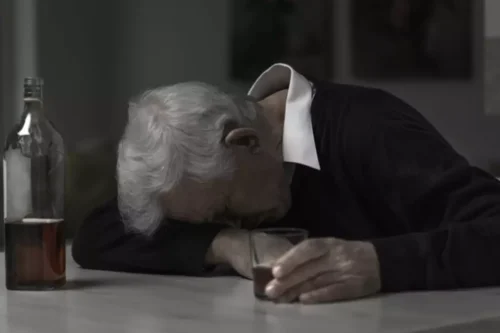
According to this model, people do not change addictive behavior following a unidirectional route. Proponents of this model define a lapse as a process, cycling through different stages that may be interrupted by recidivism from time to time. Coping strategies can include practicing mindfulness or meditation, engaging in physical activities or hobbies, seeking support from friends or family, or using relaxation techniques. The key is to have a range of coping strategies at your disposal, so you can choose the most appropriate one for each situation. Though relapse prevention plans are unique to each individual, there are specific components that are helpful to include in a final plan.

Embracing Your Journey to Lasting Sobriety
For individuals seeking long-term sobriety, relapse can be a disheartening reality. However, recent findings have shown that Cognitive Behavioral Therapy (CBT) is a powerful tool for preventing relapse and sustaining recovery. While each relapse prevention plan is unique, there are several different models that help provide a template.
Creating a Relapse Prevention Plan: What to Include to Stay on Track
Research suggests that people who have used substances to cope with stress in the past are likely to return to this behavior when faced with future stressors. Maintaining sobriety after addiction is challenging, and some conditions can make it even harder. With a strong support network by your side, you’ll have a better chance of overcoming challenges and staying on track. Preliminary evidence suggests Black and Latino individuals may not derive as much benefit from Relapse Prevention (RP) as White individuals. The studies on which this evidence is based, however, were not designed specifically to test this question of differential benefit.

Gorski-Cenaps Relapse Prevention Model
Clients need to understand that one of the benefits of going to meetings is to be reminded of what the “voice of addiction” sounds like, because it is easy to forget. 1) Clients often want to put their addiction behind them and forget that they ever had an addiction. They feel they have lost part of their life to addiction and don’t want to spend the rest of their life focused on recovery. This is the final stage where you actually start using substances again. It might start with just one time, but it can quickly become a bigger problem if you don’t get help. Most people have very specific triggers — spend some time figuring out what your precise triggers are so that you can avoid them.
Creating a Relapse Prevention Plan: Worksheets and Tips (+ Free Template)
- By implementing these tips into your relapse prevention plan, you can enhance its effectiveness and increase your chances of maintaining long-term recovery.
- Focus on how much better your life will be once you stop using drugs or alcohol for good.
- At that time, there is typically a greater sensitivity to stress and lowered sensitivity to reward.
- Once a person becomes significantly physically dependent, withdrawal symptoms and drug cravings may be common side effects if drinking or drug use slows or stops suddenly.
- You learn about addiction, triggers, and effective relapse prevention techniques.
- It could include environmental factors, social pressures, or personal issues that your loved one may be struggling with that require support.
For each goal you achieve, give yourself a reward as motivation to keep moving forward. For instance, book yourself a relaxing massage or buy yourself something you’ve had your eye on. When the urge to use hits, remind yourself why you started down the path to recovery in the first place.

Examples of Activities That Promote Learning
If someone has already undergone a treatment program with counseling and therapy but continue to relapse, it might be time to explore alternative care or enter an extended, intensive treatment program. Trauma may not have been adequately addressed, necessitating more effective techniques or a longer duration of treatment. Your therapist, mental health professional, or SUD counselor will likely also have relapse prevention resources they can share with you. Generally, these resources are available as part of a comprehensive treatment program for SUD. People can relapse when things are going well if they become overconfident in their ability to manage every kind of situation that can trigger even a momentary desire to use.
- Social pressure involves peer pressure and can involve situations like parties where alcohol or drugs are prevalent.
- It helps you break free from unhelpful thought patterns and focus on healthier alternatives for managing stress.
- Creating a support network with strong relationships is a foundational aspect of long-lasting recovery.
- Meetings are typically held regularly and are accessible in various formats, including in-person, online, and hybrid sessions.
- If a person is in therapy during emotional relapse, the focus of therapy may pivot towards reinforcing the importance of self-care.
The Importance of Having a Plan in Place
Developing coping strategies is essential for managing cravings and temptations effectively. In this section, you will outline the techniques and tools you will use to relapse prevention plan navigate difficult situations. These strategies can include mindfulness exercises, deep breathing techniques, engaging in hobbies, or seeking support from a therapist.
It could include environmental factors, social pressures, or personal issues that your loved one may be struggling with that require support. Read more to learn about types and stages https://ecosoberhouse.com/ of relapse in addiction, as well as relapse prevention strategies. To understand the importance of self-care, it helps to understand why most people use drugs and alcohol.























